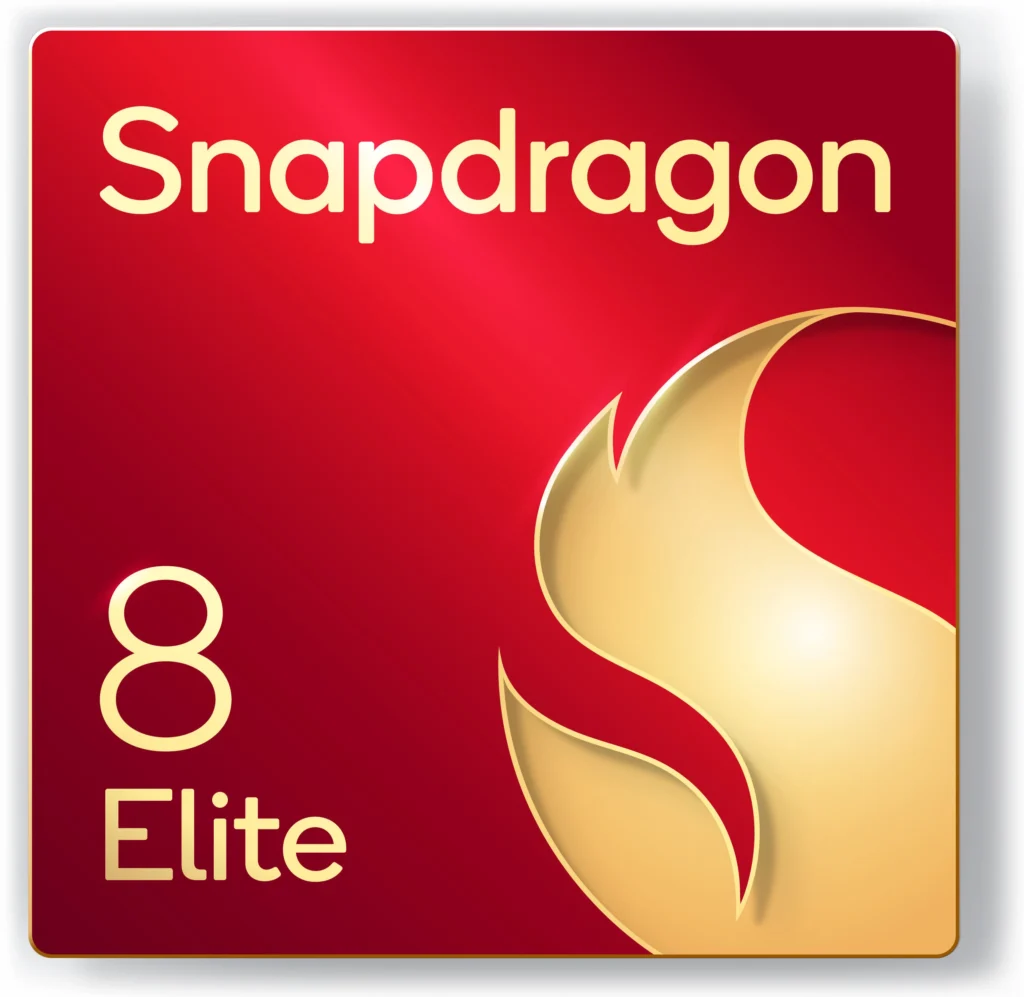- Snapdragon 8 Elite: A Revolutionary Shift in Mobile Chip Technology

The Snapdragon 8 Elite chipset represents a significant evolution in CPU architecture, prioritizing enhanced performance while improving efficiency. Qualcomm has engineered this new mobile chip from the ground up, aiming to deliver superior graphics capabilities, accelerated AI processing, and robust overall performance. Here’s everything you need to know about this cutting-edge chipset.
- A Fresh Approach to CPU Design
Qualcomm has not only revamped the naming convention but also completely redesigned the CPU architecture. While the previous Snapdragon 8 Gen series utilized Arm’s Cortex series cores, the Snapdragon 8 Elite introduces custom CPU cores known as Oryon, which are based on Arm architecture.
This latest chipset shifts from the traditional quad-tier arrangement of cores to a streamlined two-tier design. Notably, it eliminates efficiency cores altogether. Instead, the Snapdragon 8 Elite is equipped with two prime cores clocked at 4.32GHz and six performance cores running at 3.53GHz. This configuration means that the performance cores are more potent than the 3.3GHz Cortex-X4 prime core found in the Snapdragon 8 Gen 3 chipset.
- Performance Enhancements
Each Oryon core is designed with substantial memory to facilitate faster processing. The Snapdragon 8 Elite cores come with 192KB of L1 cache for each Prime core and 128KB for each Performance core, resulting in a total of 12MB of L2 cache per user. According to Qualcomm, this new mobile chipset offers a 40% performance boost compared to last year’s Snapdragon 8 Gen 3.
While it forgoes efficiency cores, the Snapdragon 8 Elite achieves 44% better energy efficiency, thanks to TSMC’s advanced 3nm manufacturing process. This means that the new Oryon cores not only provide improved performance but are also more efficient than their predecessors.
- Graphics and Gaming Performance
The Snapdragon 8 Elite brings substantial upgrades to GPU performance as well. The new GPU is 40% more energy-efficient, and gamers can expect a 35% improvement in ray tracing capabilities. Qualcomm states that users will enjoy up to 2.5 more hours of gaming on a single charge, although actual performance will vary depending on the specific device, battery size, and screen resolution.
The chipset also supports Nanite, a virtualized geometry system in Unreal Engine 5.3, which enhances 3D environments and lifelike interactions using the engine’s Chaos Physics system. Furthermore, the Adreno Frame Motion Engine 2.0 can reportedly double the frame rate for games, providing an even smoother gaming experience.
- Enhanced AI Capabilities
Equipped with a new Hexagon NPU for AI tasks, the Snapdragon 8 Elite claims to deliver 45% better performance than its predecessor. This chipset can handle up to 70 tokens per second on certain LLM models, indicating an increase in token input capacity compared to previous versions.
- Camera and Imaging Features
The Snapdragon 8 Elite’s Image Signal Processor (ISP) can automatically adjust white balance and exposure while distinguishing between different object layers in photos and videos. The ISP is closely linked to the NPU, enabling real-time AI enhancements at 4K/60fps and quicker image segmentation through Insight AI. This chipset also allows for 30fps video object removal, all processed on-device to maintain user privacy.
Additionally, the new ISP reduces shutter lag with a 35% increase in pixel throughput. It supports high-resolution sensors, accommodating up to 320MP sensors or triple 48MP cameras. The Snapdragon 8 Elite can also drive 10-bit displays at Quad-HD+ resolution and refresh rates of up to 240Hz. Moreover, it enables connections to external displays with resolutions up to 8K at 30Hz.
- Connectivity and Future-Proofing
The Snapdragon 8 Elite features Bluetooth 6.0 and Wi-Fi 7 connectivity, powered by the Qualcomm FastConnect 7900 Mobile Connectivity System. It integrates an AI tensor accelerator within the Snapdragon X80 5G Modem-RF System, facilitating multi-gigabit 5G connectivity and offering a 30% boost in GPS accuracy.
Long-Term Software Support
Devices powered by the Snapdragon 8 Elite are guaranteed support for up to eight years, with up to eight generations of Android OS updates. Starting next month, several smartphone manufacturers will begin launching devices equipped with this new Qualcomm chipset. These devices are expected to ship with Android 15 and continue receiving updates through Android 23.
It’s important to note that the promise of long-term software support depends on individual phone manufacturers, so the frequency of updates may vary. You can anticipate new Snapdragon 8 Elite-powered phones from brands such as OnePlus, Honor, Oppo, Realme, Xiaomi, and others in the upcoming months, along with a successor to the Samsung Galaxy S24 Ultra early next year.
Conclusion
The Snapdragon 8 Elite is not just an incremental upgrade; it signifies a leap forward in mobile chipset technology. With its enhanced performance, efficiency, and advanced features, this chipset is poised to reshape the smartphone landscape, providing a compelling option for both consumers and manufacturers alike.






